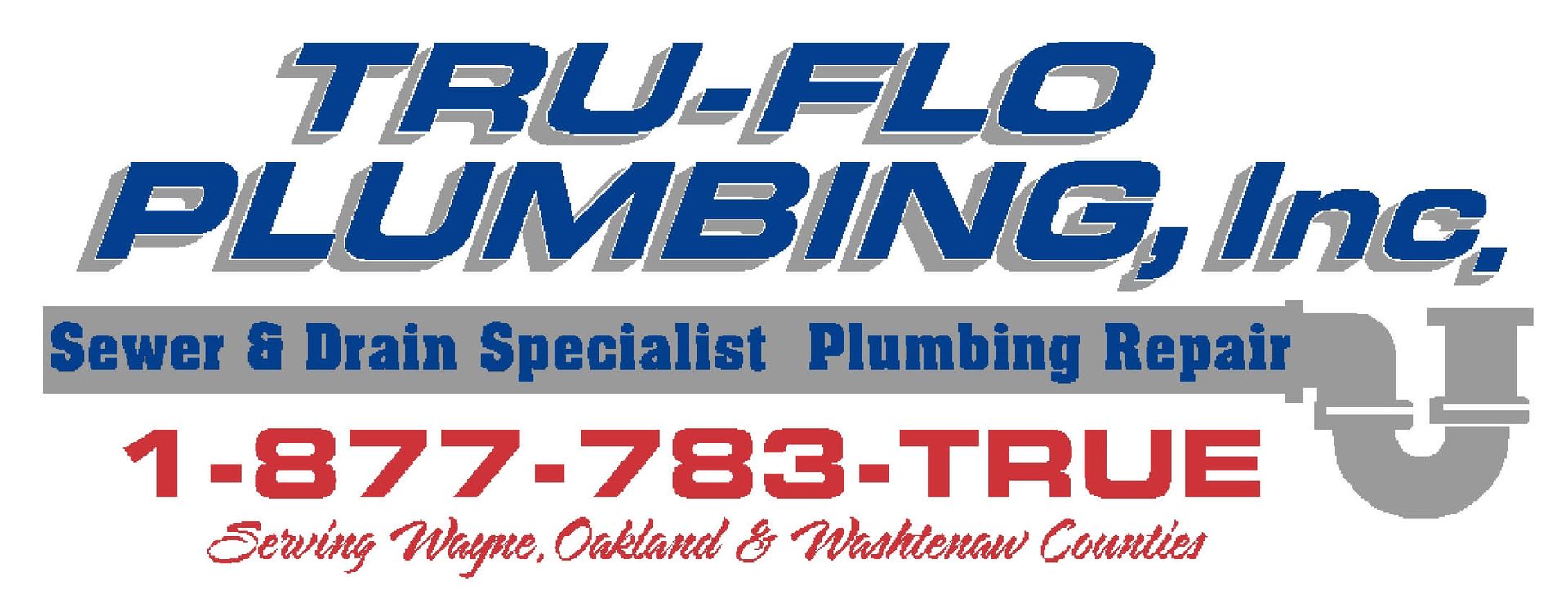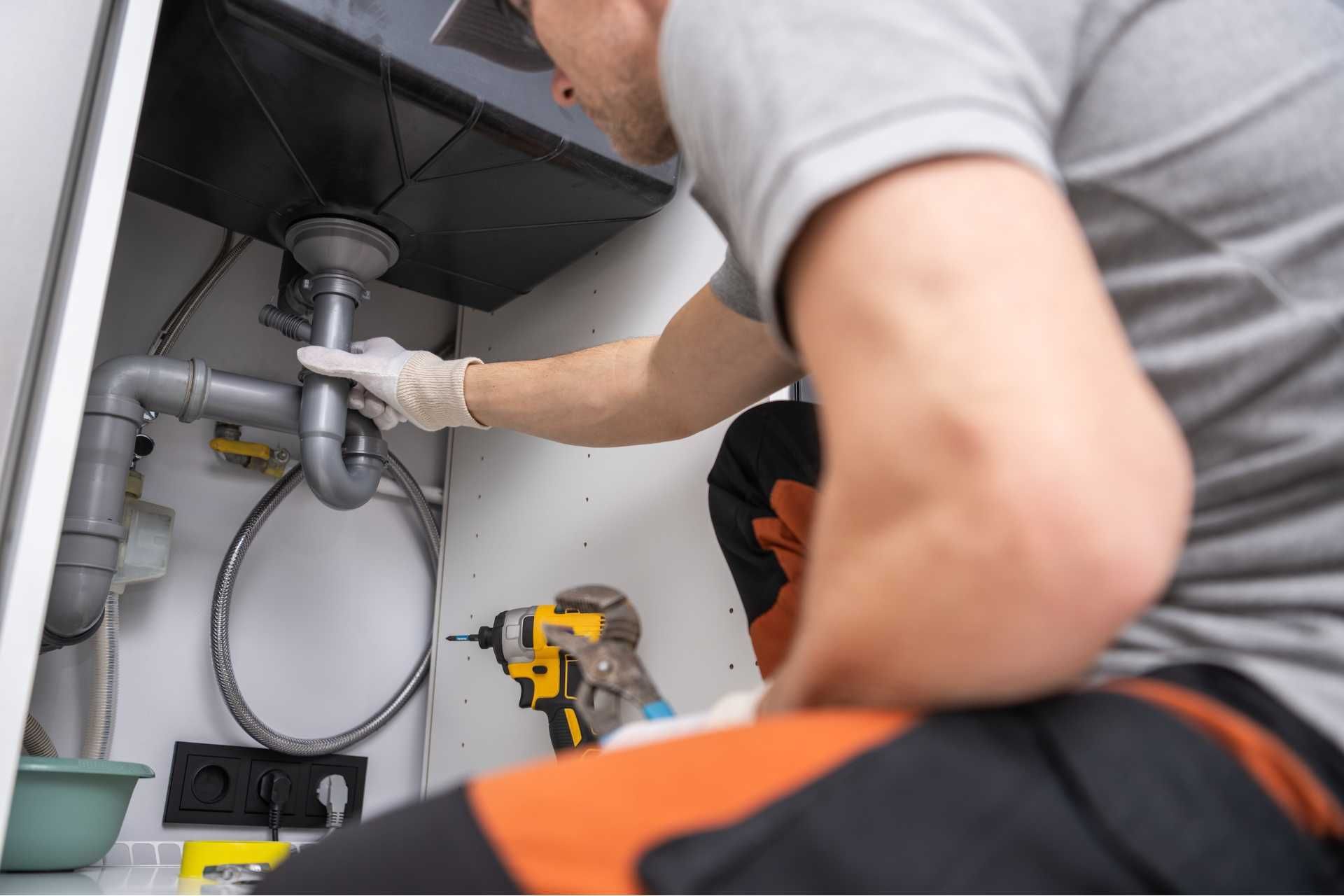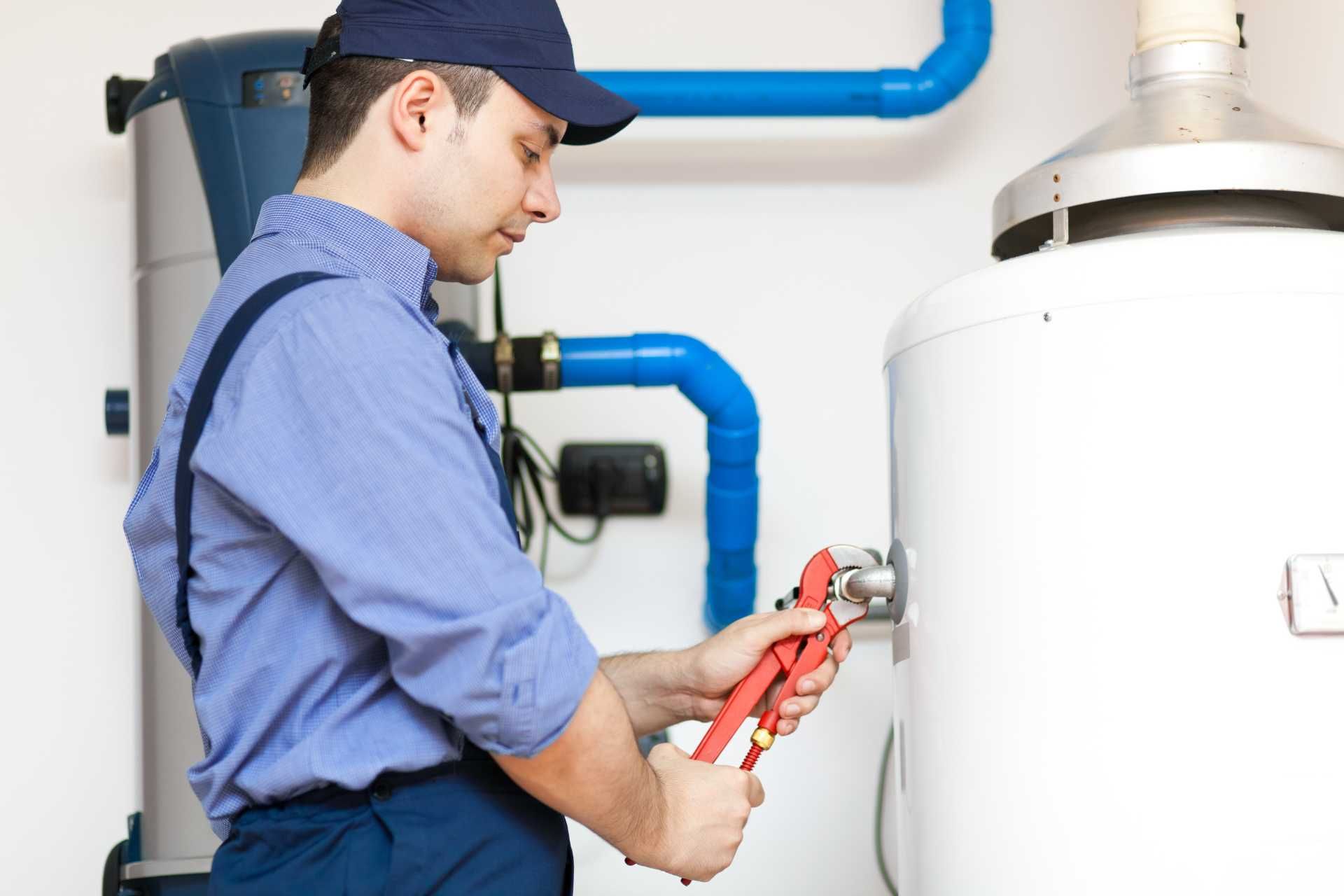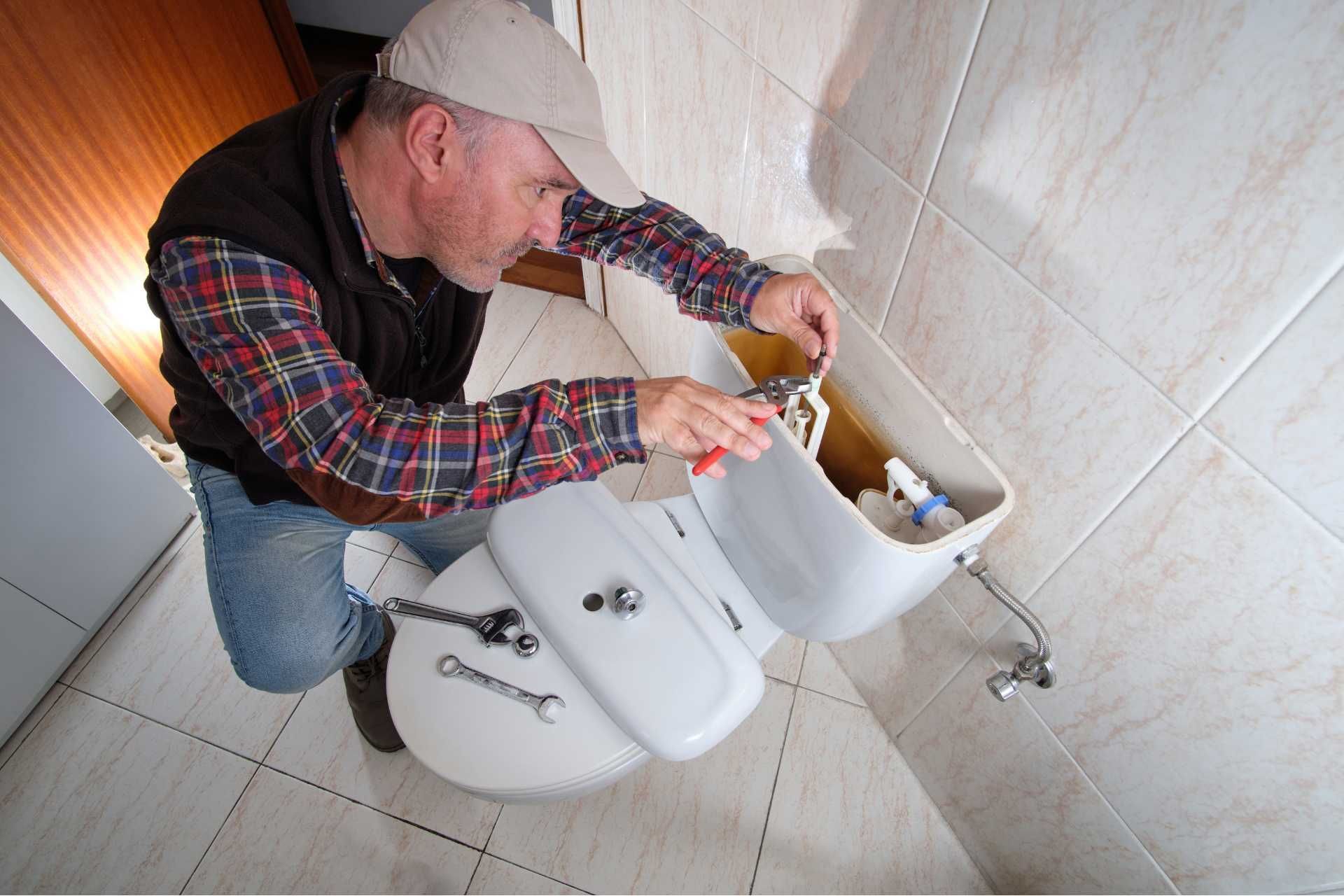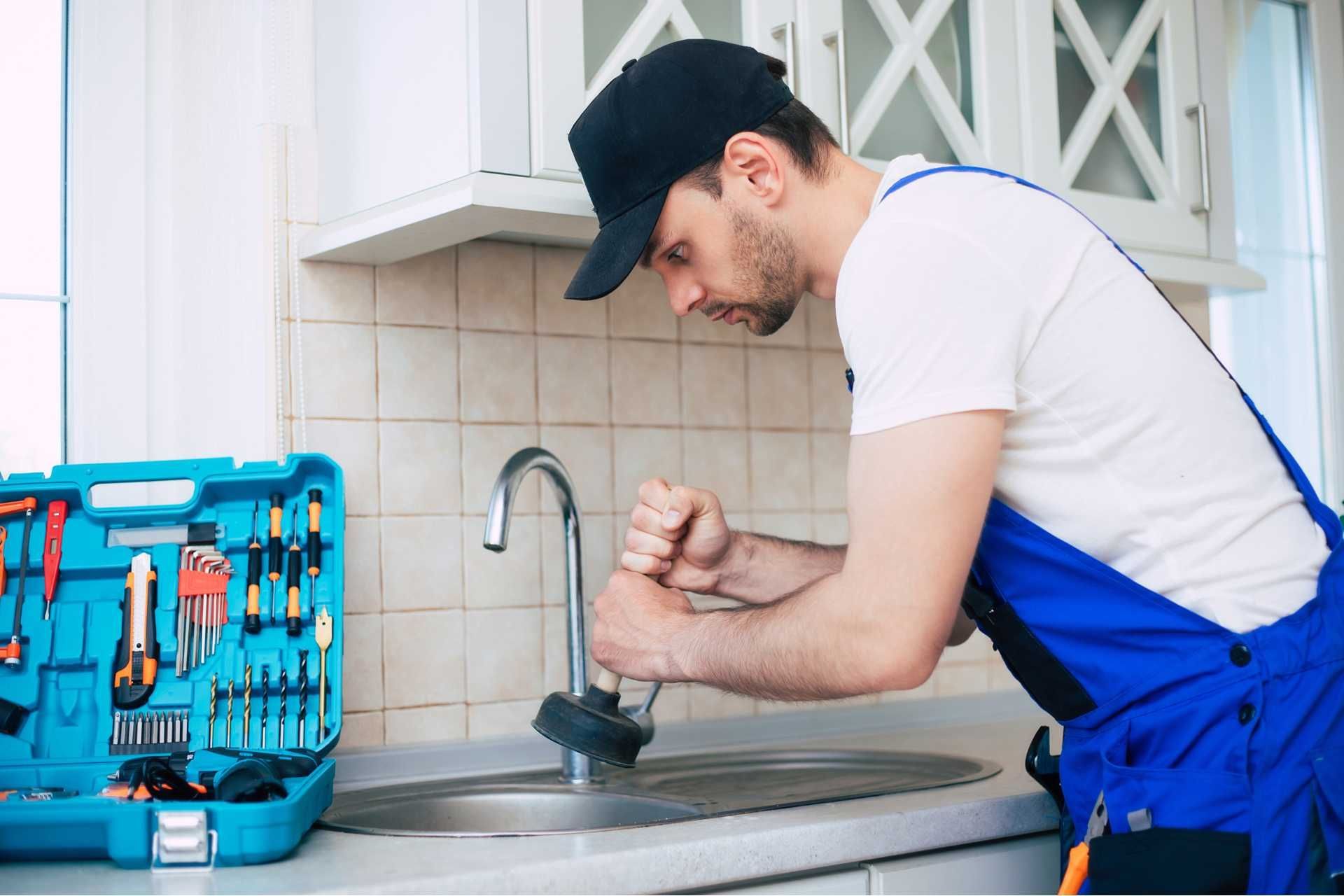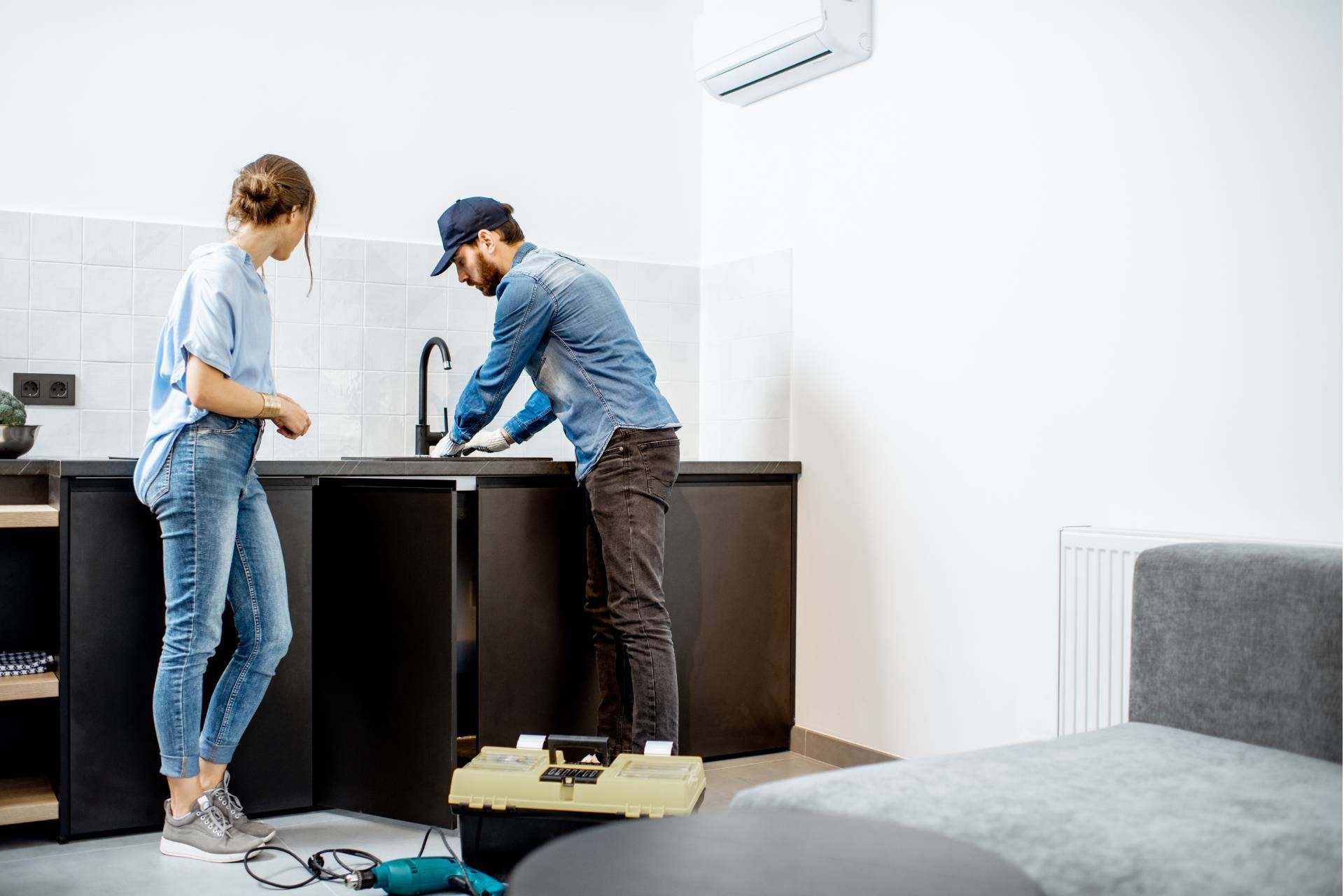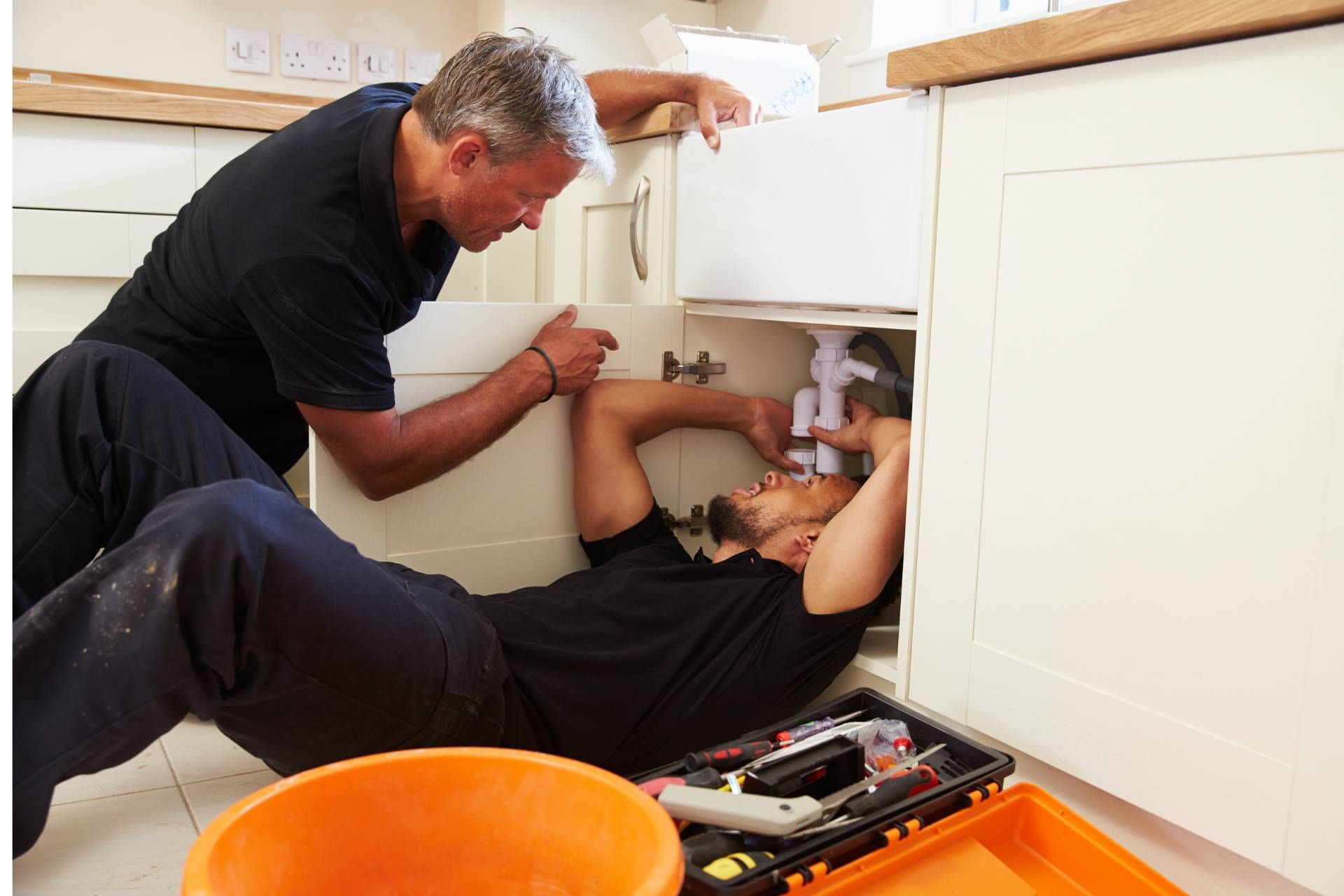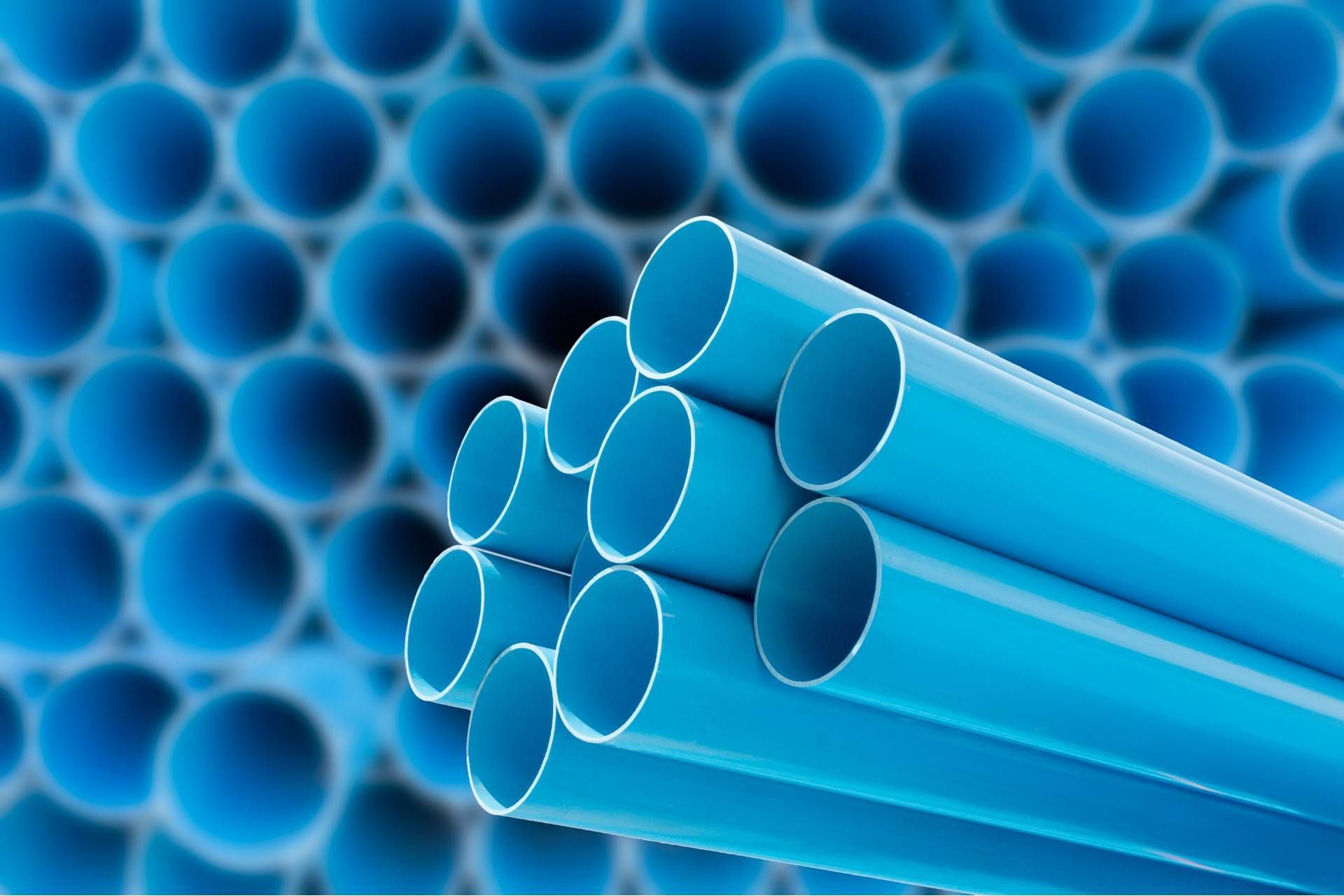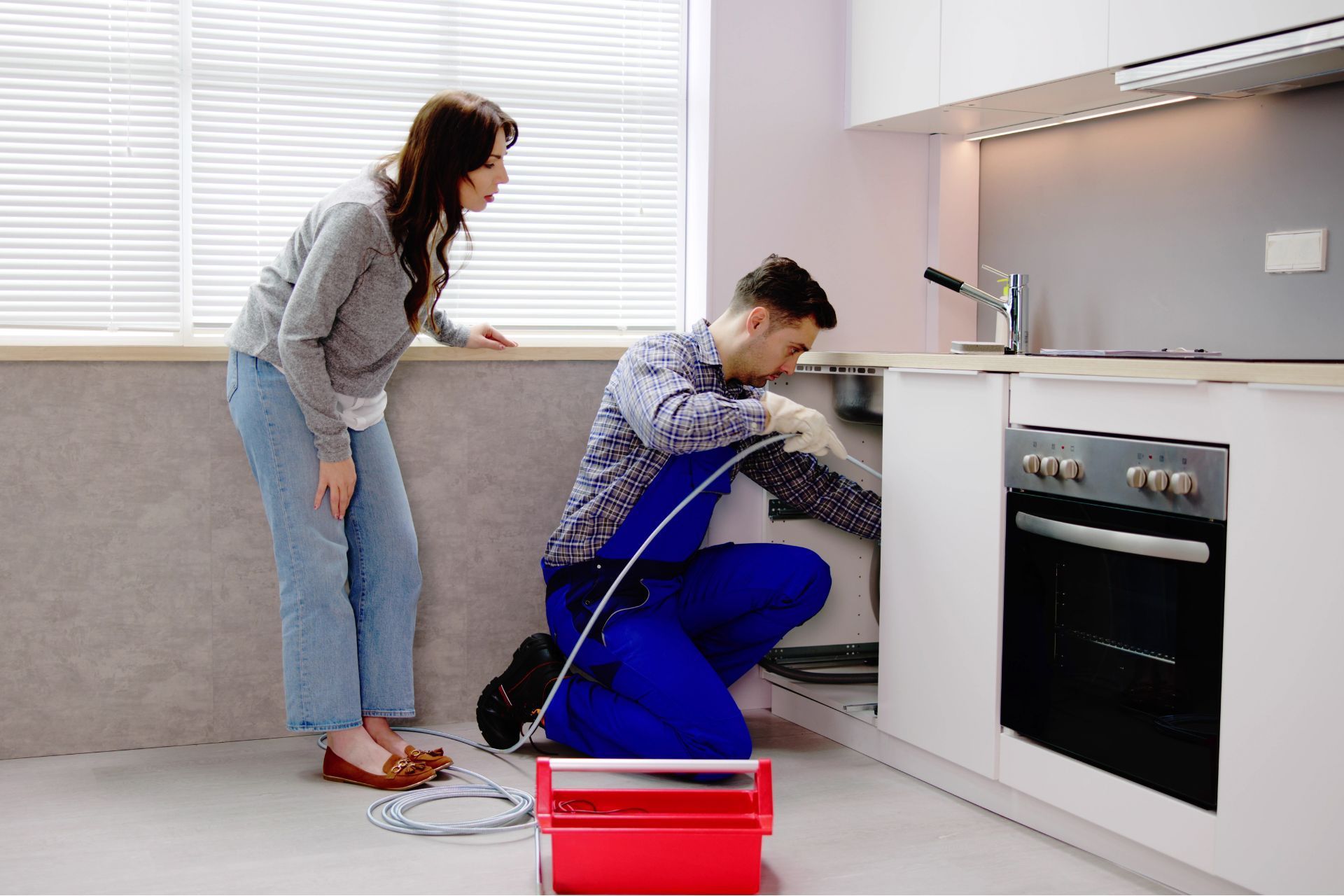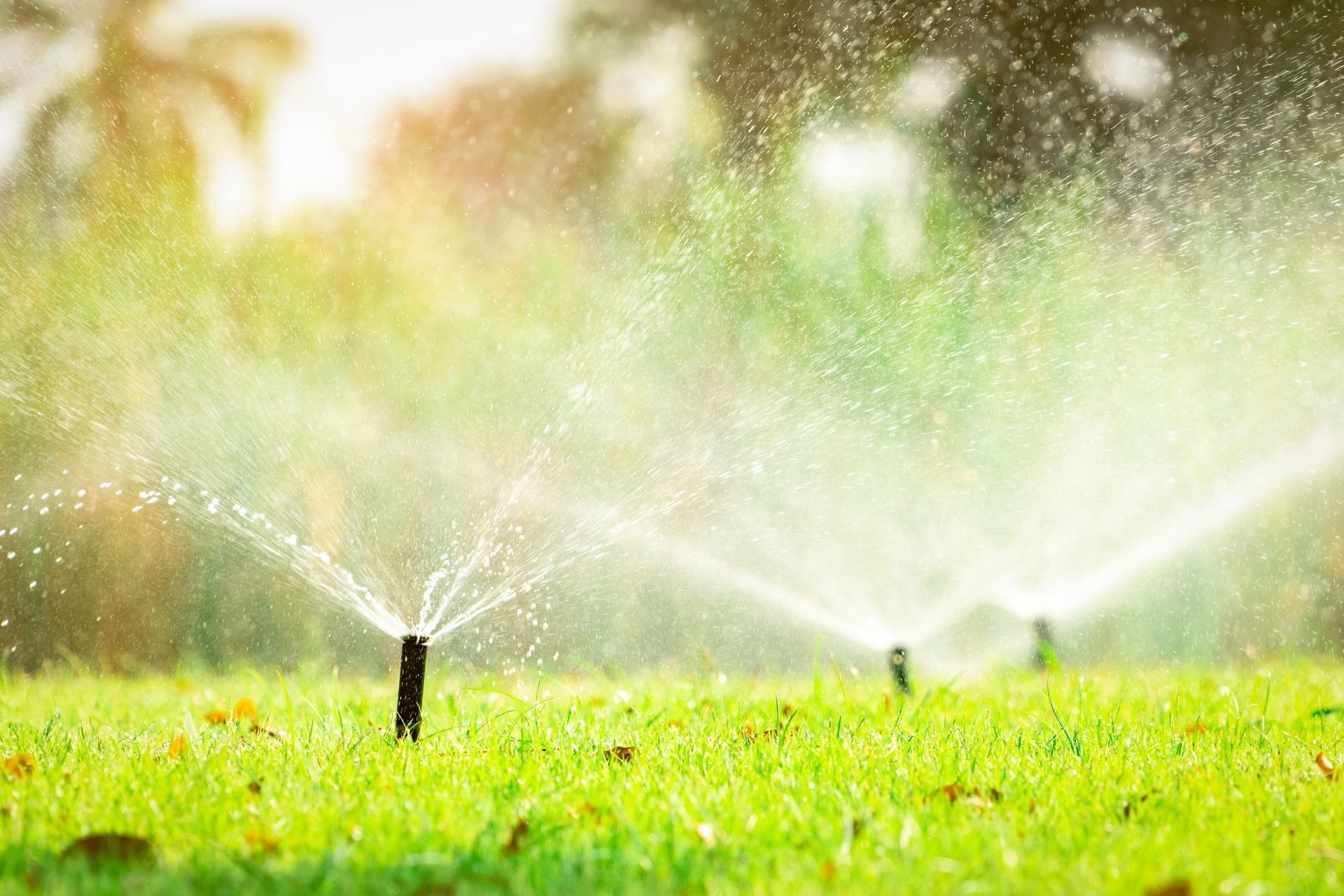What Does Sump Pump Maintenance Involved?
A sump pump is an essential piece of equipment when it comes to protecting your home from flooding. It is responsible for removing water that accumulates in the sump pit, which is typically located in the basement of a home. Proper maintenance of your sump pump is crucial to ensure it continues to work effectively and prevent costly water damage to your property.
So, what does sump pump maintenance involve? Here are some key steps to keep your sump pump in top working condition.
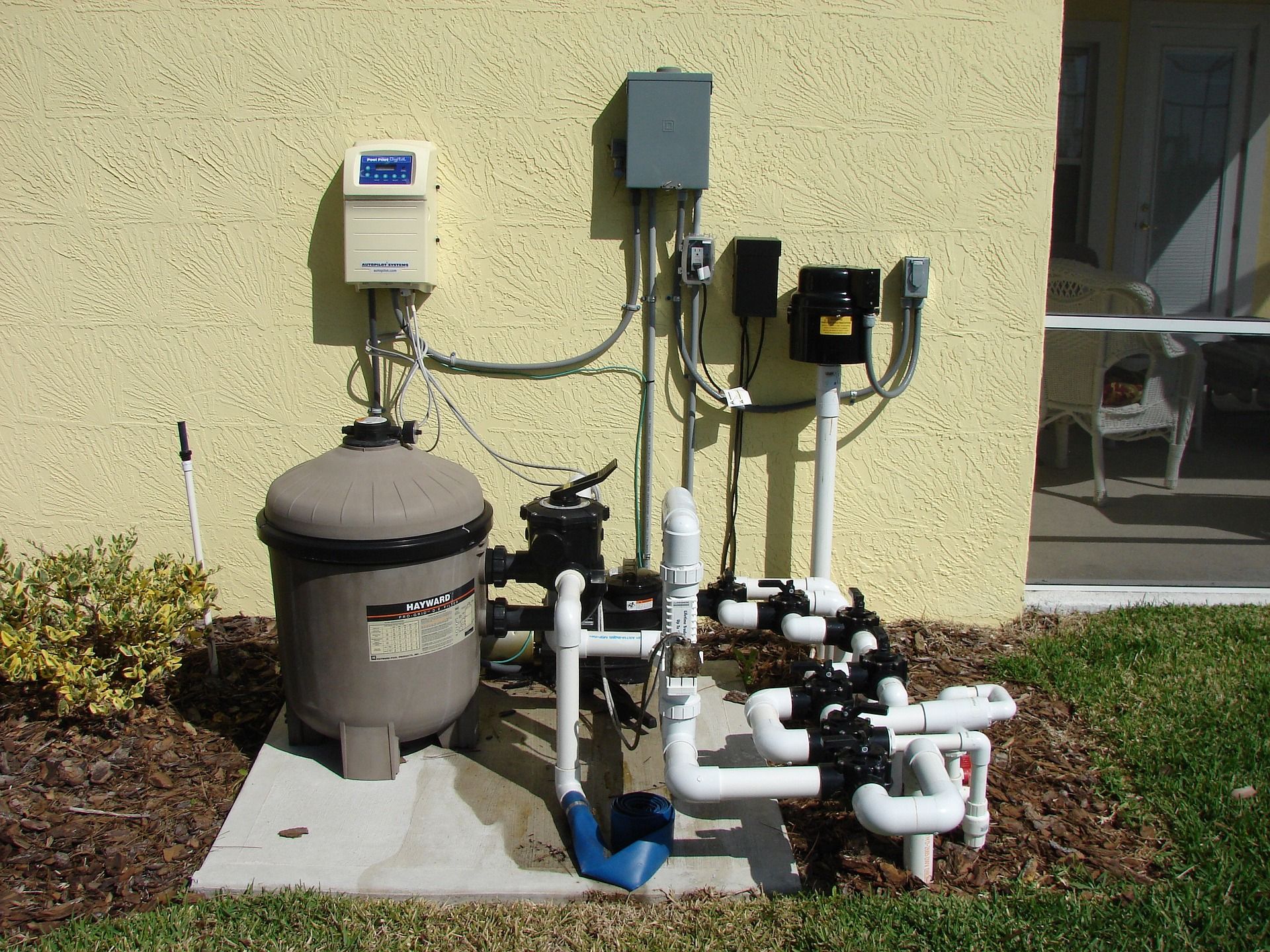
Monthly Sump Pump Maintenance Tasks
Like all household appliances, sump pumps require regular maintenance to ensure they are functioning properly. One key aspect of sump pump maintenance is performing monthly tasks to keep the pump in top condition. Here are some important maintenance tasks to add to your monthly to-do list:
1. Check the power source: Make sure the sump pump is plugged in and receiving power. Test the pump by pouring water into the sump pit and observing if the pump kicks on automatically. If the pump does not turn on, check the power source and connections to ensure everything is working properly.
2. Inspect the discharge pipe: Check the discharge pipe to ensure it is free of debris and obstructions. If the pipe is clogged, the pump may not be able to properly remove excess water from the sump pit. Remove any debris or buildup in the pipe to ensure proper drainage.
3. Clean the pump and pit: Remove the pump from the sump pit and clean it thoroughly. Remove any dirt, debris, or sediment that may have accumulated in the pump or pit. This will help prevent clogs and ensure the pump is able to effectively remove water from your basement.
4. Test the float switch: The float switch is responsible for activating the sump pump when water levels in the pit rise. Test the float switch by manually lifting it to ensure the pump turns on and off as expected. If the float switch is not functioning properly, it may need to be replaced.
5. Check for leaks: Inspect the pump and discharge pipe for any signs of leaks. Leaks can indicate that the pump is not working properly and may need to be repaired or replaced.
Quarterly sump pump Maintenance Tasks
One of the easiest ways to make sump pumps remain in good working condition is to set a quarterly maintenance schedule to inspect and clean your sump pump. By taking a few simple steps every three months, you can help prevent costly repairs and potential flooding in your basement.
Here are some important quarterly sump pump maintenance tasks that should be on your to-do list:
1. Visual Inspection: Start by visually inspecting your sump pump for any signs of damage or wear. Check the power cord for fraying, the pump housing for cracks, and the discharge pipe for clogs or obstructions. If you notice any issues, be sure to address them promptly before they escalate.
2. Test the Pump: Next, test your sump pump by pouring water into the pit until the float switch is activated and the pump turns on. Check to make sure the pump is properly evacuating water from the pit and listen for any unusual sounds or vibrations. If the pump is not functioning properly, it may be time for repairs or replacement.
3. Clean the Pit: Over time, debris and sediment can accumulate in the sump pump pit, potentially clogging the pump or causing it to malfunction. Use a wet-dry vacuum or a small bucket to remove any debris from the pit and ensure it is clean and free of obstructions.
4. Check the Check Valve: The check valve on your sump pump is responsible for preventing water from flowing back into the pit after the pump has shut off. Inspect the check valve for any signs of damage or wear and replace it if necessary.
5. Test the Backup System: If your sump pump has a battery backup system, be sure to test it quarterly to ensure it is functioning properly. Test the battery by unplugging the pump, filling the pit with water, and activating the backup system. If the battery does not hold a charge or the backup system fails to turn on, it may be time for a replacement.
Yearly sump pump Maintenance Tasks
If you have a sump pump in your basement or crawlspace, you know how important it is to keep it properly maintained. A sump pump is designed to prevent water damage by removing excess water that accumulates in the sump basin. Neglecting to maintain your sump pump can result in a flooded basement, which can lead to costly repairs and damage to your home.
One of the most important maintenance tasks you should perform on your sump pump is to clean and inspect it at least once a year. Here are some yearly maintenance tasks you should do to ensure your sump pump is working properly:
1. Check the power source: Make sure your sump pump is plugged in and receiving power. Test the outlet with a lamp or other device to ensure it is working properly.
2. Test the pump: Pour water into the sump basin to trigger the float switch and activate the pump. Make sure the pump turns on and pumps water out of the basin. If the pump doesn't turn on, you may need to replace the float switch or have the pump repaired.
3. Clean the pump and basin: Remove any debris, dirt, or sediment that has accumulated in the sump basin. Clean the pump with a damp cloth to remove any buildup that could impede its operation.
4. Check the discharge pipe: Inspect the discharge pipe to ensure it is not clogged or obstructed. Make sure the pipe is securely connected to the pump and is directing water away from your home's foundation.
5. Test the check valve: The check valve prevents water from flowing back into the sump basin once it has been pumped out. Test the check valve by pouring water into the discharge pipe and ensuring it flows out freely without backflow.
6. Inspect the backup battery: If your sump pump has a backup battery, test it to ensure it is holding a charge. Replace the battery if necessary to ensure your pump will continue to operate in the event of a power outage.
Importance of Regular Maintenance
Regular maintenance of your sump pump is crucial for several reasons. First and foremost, a well-maintained sump pump is more likely to work efficiently and effectively in the event of a heavy rainstorm or flooding. If your sump pump is not working properly, it may not be able to keep up with the volume of water coming into your basement, leading to potential flooding and water damage.
Secondly, regular maintenance can help extend the life of your sump pump. By keeping it clean and free of debris, you can prevent wear and tear on the pump and its components, potentially saving you money on costly repairs or replacements down the line.
Lastly, regular maintenance can help you identify any potential issues with your sump pump early on, allowing you to address them before they become major problems. This can help you avoid unexpected breakdowns and ensure your sump pump is always ready to protect your home.
Signs Your Sump Pump Needs Attention
To avoid a potential disaster, it's important to keep an eye out for signs that your sump pump needs attention. Here are a few indicators that your sump pump may be in need of repairs or replacement:
- Strange noises: If you hear unusual noises coming from your sump pump, such as grinding, clunking, or humming sounds, it could be a sign that something is wrong. These noises could indicate that the motor or impeller is struggling to work properly, or that there is debris stuck in the pump.
- Constant running: A sump pump should only run when it's actively pumping water out of your basement or crawl space. If you notice that your sump pump is running constantly, it could be a sign that there is an issue with the float switch or a problem with the drainage system.
- Water in the basement: The most obvious sign that your sump pump needs attention is water in your basement or crawl space. If your sump pump is not working properly, water can seep into your home and cause damage to your belongings and the structural integrity of your home.
- Age of the sump pump: Sump pumps typically have a lifespan of about 10 years. If your sump pump is older than that, it may be time to consider replacing it before it fails.
- Odors: If you notice a musty or moldy odor in your basement, it could be a sign that your sump pump is not effectively removing water from your home. This can lead to mold growth, which can be harmful to your health and require costly remediation.
When to Call Professional for Sump Pump Maintenance
Knowing when to call a professional for sump pump maintenance comes down to trusting your instincts and being proactive about the care of your home. If you're experiencing issues with your sump pump, feel unsure about your ability to safely work on it, or simply want to ensure its continued reliability, don't hesitate to reach out to a professional for help. Taking the time and effort to properly maintain your sump pump now can save you time, money, and stress in the long run.
With Tru Flo Plumbing’s expertise and knowledge, we can identify any potential issues with your sump pump before they turn into major problems. Don't wait until it's too late - call Tru Flo Plumbing today to schedule your sump pump maintenance appointment.
Address: 3215 Dix Hwy, Lincoln Park, MI 48146 | Phone: 1-877-783-TRUE (8783)
Copyright © 2023 Tru-Flo Plumbing, All Rights Reserved
